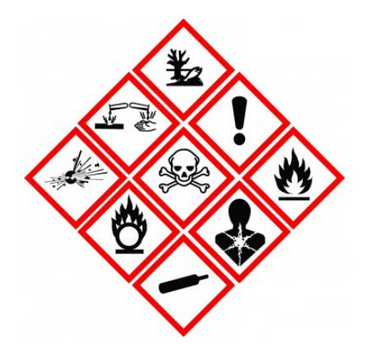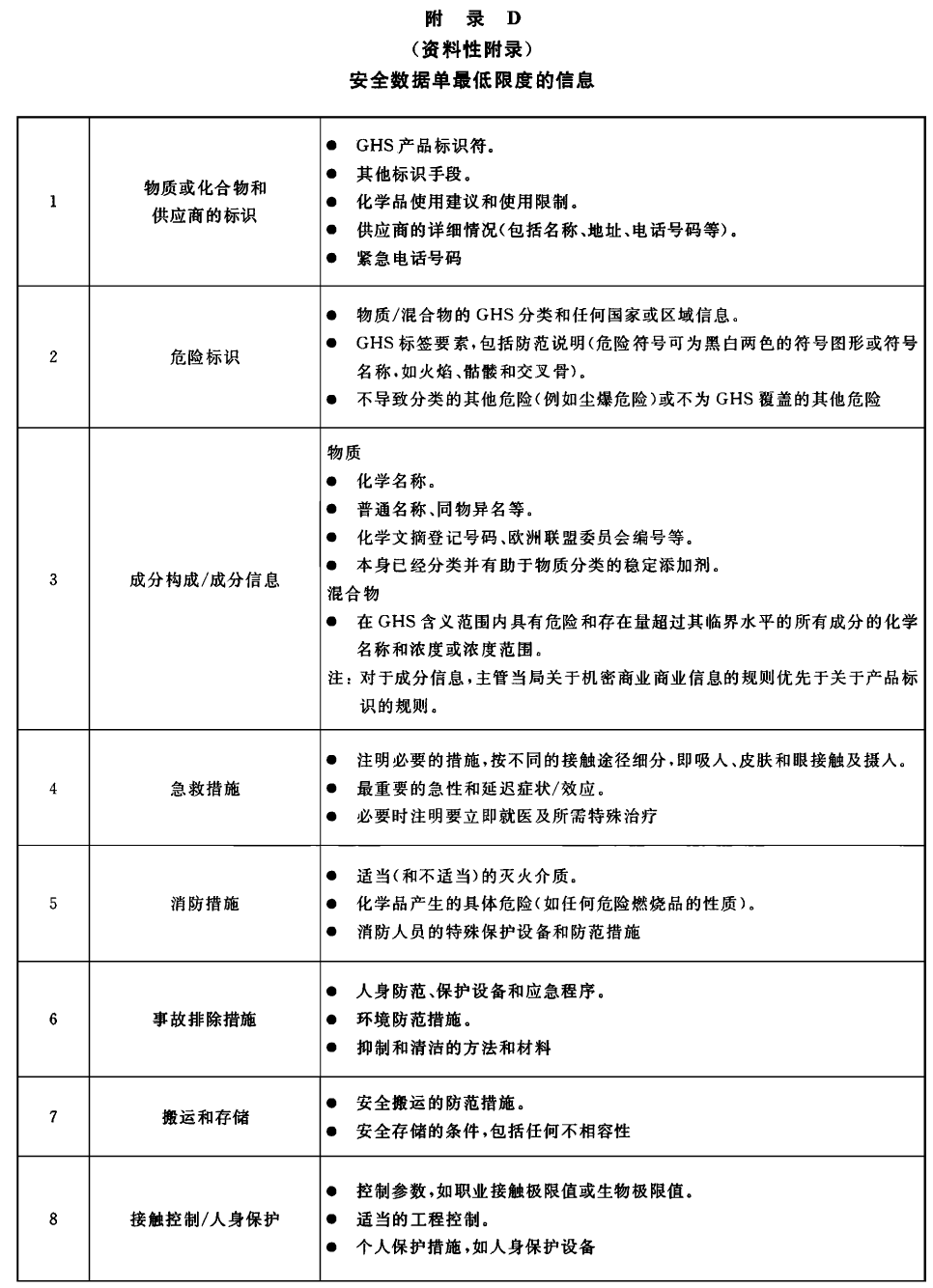Chinese authorities have published an update to the regulations for the classification and hazard communication of chemicals. This document is technically consistent with the United Nations "Globally Harmonized System of Classification and Labelling of Chemicals" (GHS) Eighth revised edition (GHS 8).
The State Administration for Market Regulation (SAMR) and the Standardization Administration of China (SAC) issued the first part of the GB 30000 series, titled "Specifications for Classification and Labeling of Chemicals Part 1: General Rules" (GB 30000.1-2024) on July 24, 2024.
This standard is set to replace the General Rules for Classification and Hazard Communication of Chemicals (GB 13690-2009), which generally follows GHS 4 and will come into effect on August 1, 2025.

Details are as follows:
Main Content
This document specifies the terms and definitions related to the classification and labeling of chemicals, as well as the general requirements for the classification of chemical hazards, labeling, and safety data sheets. It is applicable to the classification and disclosure of chemicals according to the United Nations Globally Harmonized System of Classification and Labeling of Chemicals (GHS), but does not apply to intentionally ingested products such as pharmaceuticals, food additives, cosmetics, and residual pesticides in food. However, if there is potential exposure to these substances by workers or during their transportation, the provisions of this document still need to be followed.
1. Updated terms and definitions to "Definitions and abbreviations as specified in GHS"
The terms and definitions defined in the United Nations "Globally Harmonized System of Classification and Labelling of Chemicals" (Eighth Revised Edition) apply to this document, see Appendix A "Definitions and abbreviations as specified in GHS". The content of Chapter 3 from GB 13690-2009 has been transferred to Appendix A of this regulation, including 75 terms and definitions.
2. Addition of a category for desensitized explosives
The physical hazards have been updated from the original 16 categories to include a 17th category –desensitized explosives. Regarding the rules for desensitized explosives, on June 16, 2023, the Ministry of Industry and Information Technology released the GB 30000.X-202X "Specifications for Classification and Labelling of Chemicals Part X: Desensitized Explosives" (draft for comments), which has not yet been officially released. However, the standard number for desensitized explosives has already been listed in the introduction of this regulation as Part 30. The aim is to establish the terminology and definitions, classification standards, determination logic, and guidance and labeling requirements for desensitized explosives.
3.Deleted the precautionary statement examples from Appendix A of GB 13690-2009



4. Deleted the pictograms for protective measures from Appendix B of GB 13690-2009


5. Deleted the GHS label examples from Appendix C of GB 13690-2009

6. Deleted the minimum information for safety data sheets from Appendix D of GB 13690-2009
The minimum information for safety data sheets (SDSs), which included the basic requirements for the 16 sections of the SDS, has been entirely removed. This does not mean that there are no requirements for the various parts of the SDS, but rather that there are already corresponding regulations governing the SDS, which should refer to the SDS production standards GB/T 16483-2008 "Safety data sheet for chemical products—Content and order of sections" and GB/T 17519-2013 "Guidance on the compilation of safety data sheet for chemical products".

Revision History
The original version of this document was first issued in 1992 as GB13690-1992, and the first revision was made in 2009 as "General Rules for Classification and Hazard Communication of Chemicals" (GB 13690-2009). The current release, "Specifications for Classification and Labeling of Chemicals Part 1: General Rules" (GB 30000.1-2024), is the second revised edition.
Download theChinese version of the standard from our free database ChemRadar.
If you need any assistance or have any questions, please get in touch with us via service@jianzaoshiwang.cn.
Further Information

